It has become a commonplace to observe that, sixty years ago, when President John F. Kennedy was assassinated in Dealey Plaza, Dallas, America lost its innocence — or at least the myth of its innocence. Certainly, the event has left an indelible impression on history and culture; something to do, no doubt, with the power, grandeur and grubbiness of US politics, with Camelot and Vietnam, with civil rights and the Sixties — that whole field of Americana. Then there is all the mesmerizing lore that surrounds what actually happened on November 22, 1963, and afterwards: Abraham Zapruder’s home movie, the picket fence, the death of Officer Tippit, “I’M JUST A PATSY!”, Ruby killing Oswald, the Warren Commission, John F. Kennedy Jr.’s salute at his father’s funeral, Bobby’s assassination. All of that.
But I have always sensed that there was something else, something that also formed part of the loss-of-innocence narrative somehow. I have finally realized what it is. It is Dealey Plaza itself.
On the day of the assassination, those fifteen acres, originally completed in 1940, presented a near-perfect tableau of pristine urban space in the modern era. On the edge of the Dallas downtown grid, three of the city’s long east-west thoroughfares — Main Street, Elm Street and Commerce Street — come to intersect with Houston Street running north-south. Main continues running straight and bisects the space remaining between Houston and the railway lines running parallel. Commerce and Elm bend inwards to join Main as it heads direct for a triple underpass.
The wide roads through the Plaza arc forward in their pleasing modernist vectors and geometries. Railway men leaning over the bridge watch the Kennedy car as it heads for the Stemmons Freeway, which would have taken it slicing through loops of spaghetti-style junctions towards the Dallas Trade Market and the president’s next engagement. Traffic on the plaza is light, of course: no snarling gridlock or senseless rush, just the isolated motorcade making its stately way towards the underpass.
In the spaces between the three converging streets are two areas of green to which the curvature of the roadways gives the appearance, from above, of a pair of lungs. (The arrangement is more or less mirrored on the other side of the underpass, creating something more like a butterfly pattern.) The far sides of Elm and Commerce are also edged with green space, which, in the case of the former, comes in the shape of the infamous grassy knoll.
On the fateful day sixty years ago, everything had been washed doubly clean by the rain that had fallen overnight. The tightly packed crowds that lined narrower streets on other parts of the presidential route had dissipated; instead, there were 178 well-dressed, well-behaved people gathered together in neat rows or loose scatterings or standing alone like the mysterious Umbrella Man.
“We got up that morning and put on our Sunday best clothes because that’s what you did back in the Sixties, you didn’t just run out in t-shirts and flip-flops,” recalled Gayle Newman, who was standing at the edge of the Elm Street curb with her electrician husband, Bill, and their two small children. Cheryl McKinnon, a journalism student who was just behind the Newmans, later wrote a piece about witnessing the assassination for the San Diego Star. It began, travelogue-style: “Dealey Plaza in Dallas is a lovely square. It sits in the heart of the downtown area, a haven for those who want to enjoy their lunch under a tree on a spot of grass.”
The grassy knoll, and the other lawns facing it across the street, all of them perfectly mown, provide a generous but tame concession to nature by the forces of concrete and asphalt. It is a scene of rus in urbe accomplished very much on urbe’s terms. Trees in leaf along the boundaries and some of the sidewalks soften the austere minimalism of the Plaza without detracting from it. Sprawling car lots — grimy, functional and featureless, the necessary adjuncts of modernity — are out of sight, sequestered behind rising greenery the picket fencing, and a pergola. No litter ruins the scene; it all looks spotless.
The colors on show around the Plaza are fresh and bold. Many of the women are wearing dresses or coats of red or blue or yellow, which show up well against the green lawns, the white of the pergola and the azure sky over Dallas that day. Near the beginning of the Zapruder film, a blonde girl wearing a white top, red skirt and white socks can be seen running to keep up with the motorcade as it rounds the corner on to Elm Street. A second or two before the shooting starts, she comes to a halt and instead follows with her eyes the sleek, black, open-topped Lincoln Continental, singing its own distinctive hymn to modernity.
In a famous photograph taken a second or two before the gunshots by Robert Croft, a twenty-year-old Mormon missionary from Wyoming, Jackie Kennedy has turned her head and is looking towards the camera. Behind her are around twenty well-wishers on the sidewalk and the knoll. All are waving or clapping; all are wreathed in smiles. Most are African-American. Dealey assumes an almost pastoral aspect, a place dotted with blithe shepherds and shepherdess (the office workers of Dallas) who have temporarily abandoned their flocks (of ledgers and order forms) to witness the seemly procession of a great but benign god through their own peaceful corner of a modern Arcadia.
And so, even though Kennedy had been warned by a Louisiana congressman that, by going to Dallas, he was “going into a hornet’s nest,” the president seems to be surrounded by serene and cordial affection as his car turns into Dealey. The last words spoken to him before the gunfire come from Nellie Connally, wife of the governor of Texas, who was seated in front of him: “Mr. Kennedy, you can’t say Dallas doesn’t love you.”
The book depository building seems slightly antiquated, but, exposed on the corner of Houston and Elm, the last high building in that part of the city, its bare, cuboid shape brings it into sympathy with its surroundings. A Hertz rent-a-car clock and sign on the roof is an allowable spill-over from gaudier commercial precincts nearby. The clock is about to suffer its own loss of innocence — from giving the time of day, every day, to recording the time of death, this one day. On the roof are a flock of pigeons, who take off in panic when the gunfire begins.
Other buildings overlook the expanse of the plaza from a respectful distance, screened a little by trees: the Old Dallas County Courthouse, redbrick and turreted, built in a more flamboyant variant of the Romanesque Revival style that had been employed for the book depository; the shell of the under-construction Dallas County Government Center, a reminder that the building of America, restless for improvement, was always in progress; and the moderately brutalist Post Office Building, staring blankly at events from further away.
Classical colonnades edging the eastern portion of the square project a reminiscence of Athenian democracy onto the streets of the new and greatest republic. There is an obelisk, two reflecting pools, and a statue of George Bannerman Dealey himself, one-time publisher of the Dallas Morning News. The great newsman is looking east, the wrong way, away from where the news is about to be made.
In Oliver Stone’s movie JFK, Kevin Costner, playing the New Orleans District Attorney Jim Garrison, uses an architect’s model of the Plaza to set forth his version of events during the trial of Clay Shaw. In downtown Dallas in November 1963, it was as if a planner’s highly idealized promotional mock-up, much like Costner’s, had become a flawless reality of brick-and-glass, tree-and-leaf, rubber-and-steel, flesh-and-blood, man-and-machine.
So, just before 12:30 on November 22, 1963, when the limo carrying President Kennedy, the First Lady, the Connallys, and special agents Greer and Kellerman, drew into Dealey Plaza, it seemed to be entering a small-scale apotheosis of convenient, friction-free, modern municipal living, a template for everything that might follow in the great years ahead. Dealey was a kind of brightly lit, concreted, twentieth-century Eden.
At 12:31, the whole illusion had been shredded. Cities, rationally planned with wide, sweeping freeways, manicured nature, clean-lined elevations, could not deliver peace. Chaos would continue hiding in the deep, dark shadows, and would break out, as bad or worse than before. In this respect also, a kind of innocence had been lost.



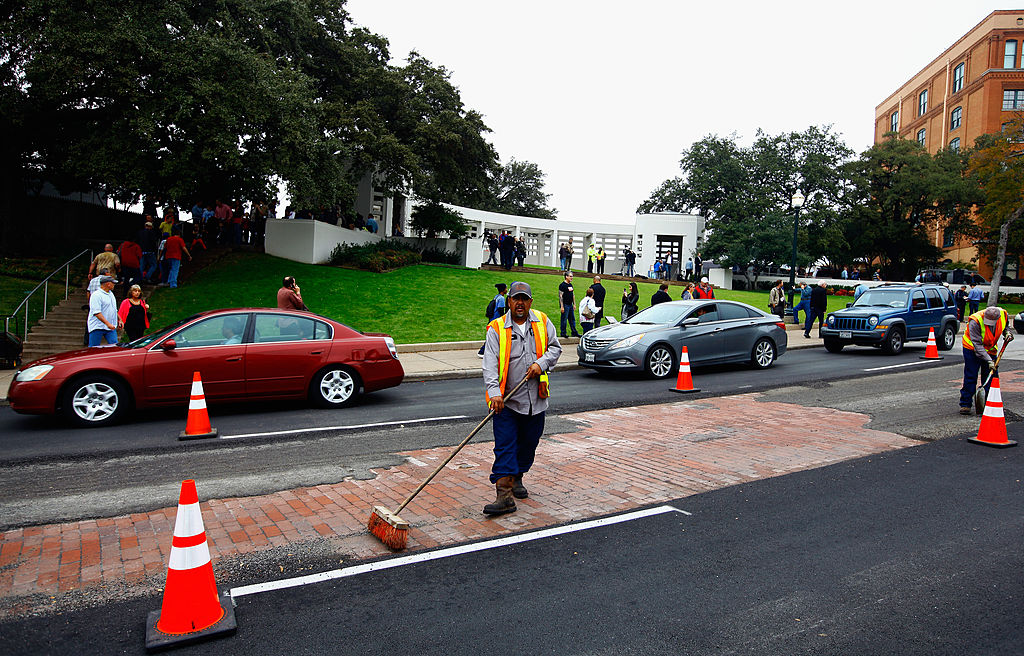






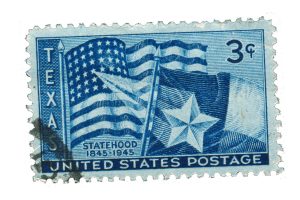
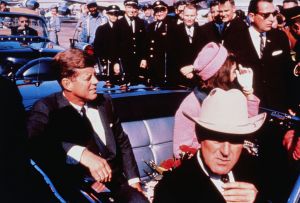
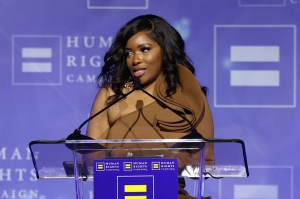

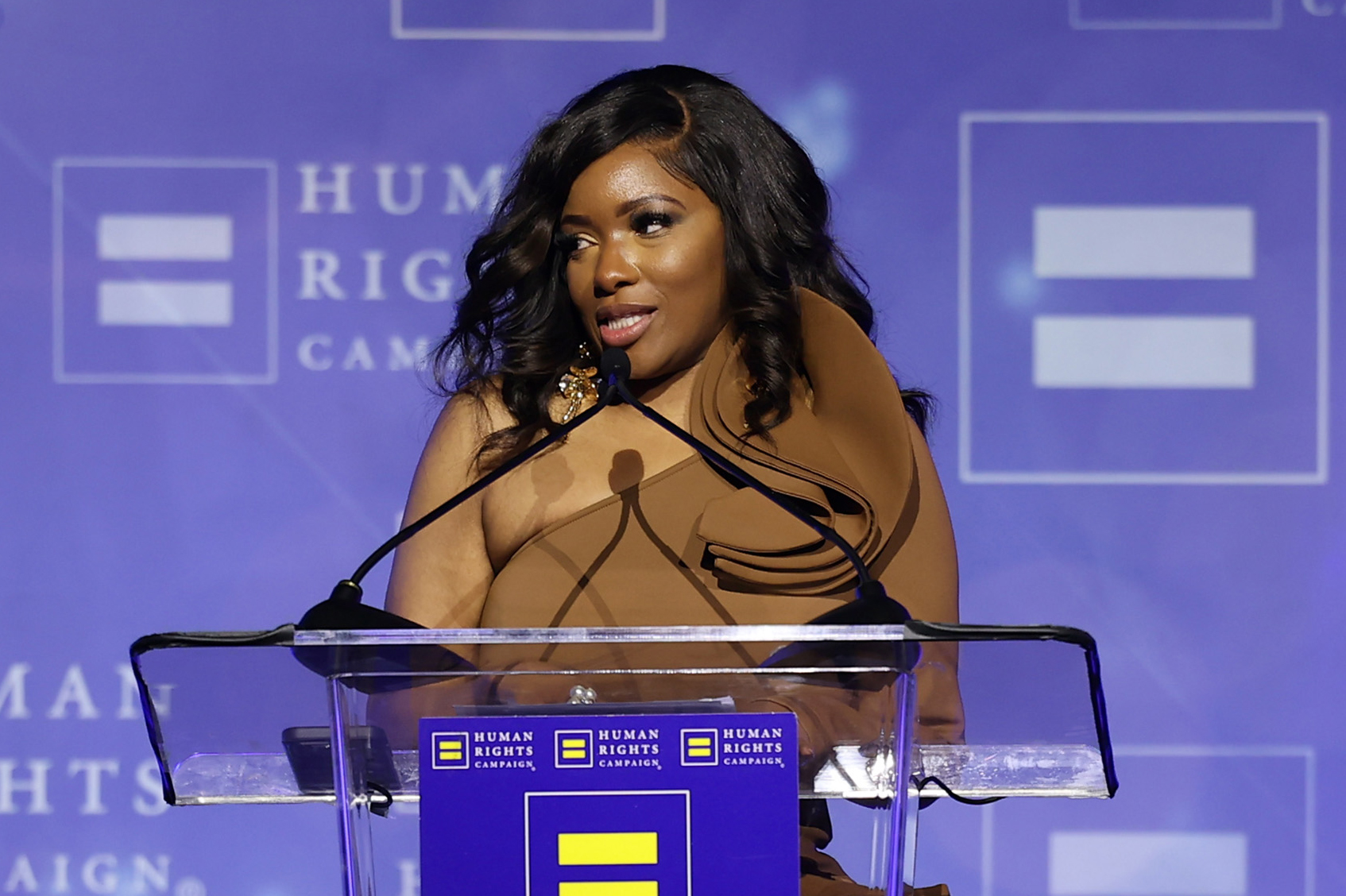
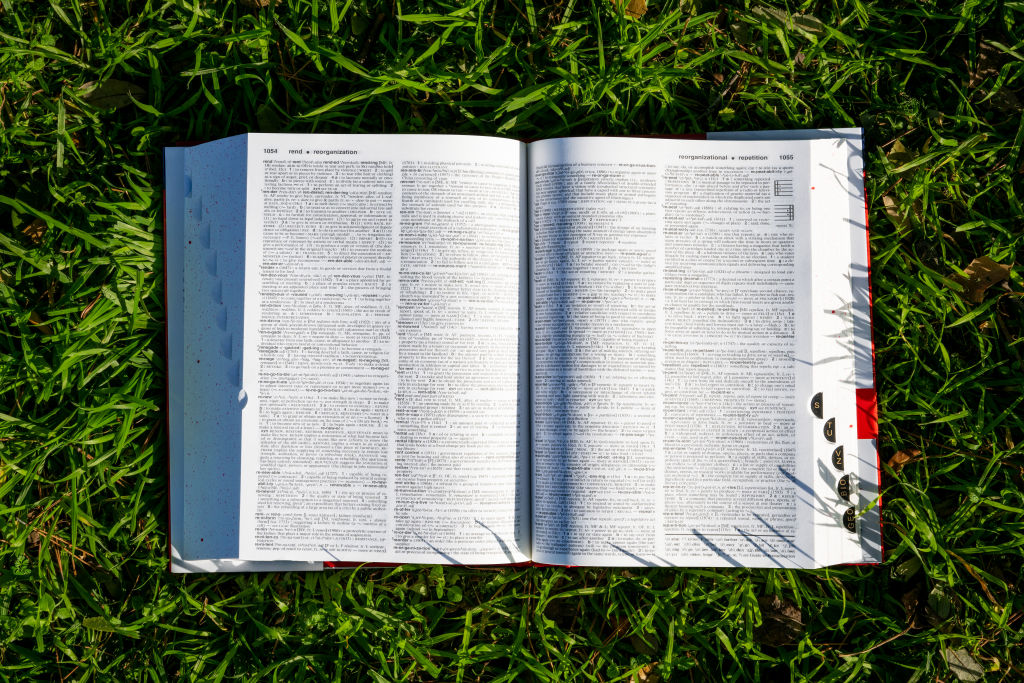
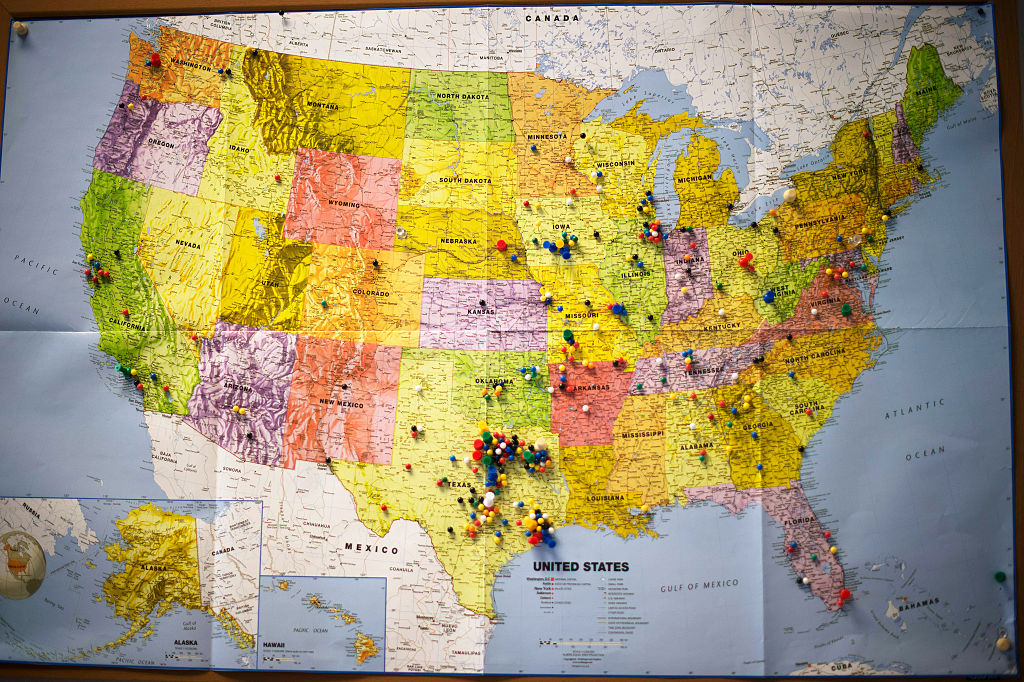
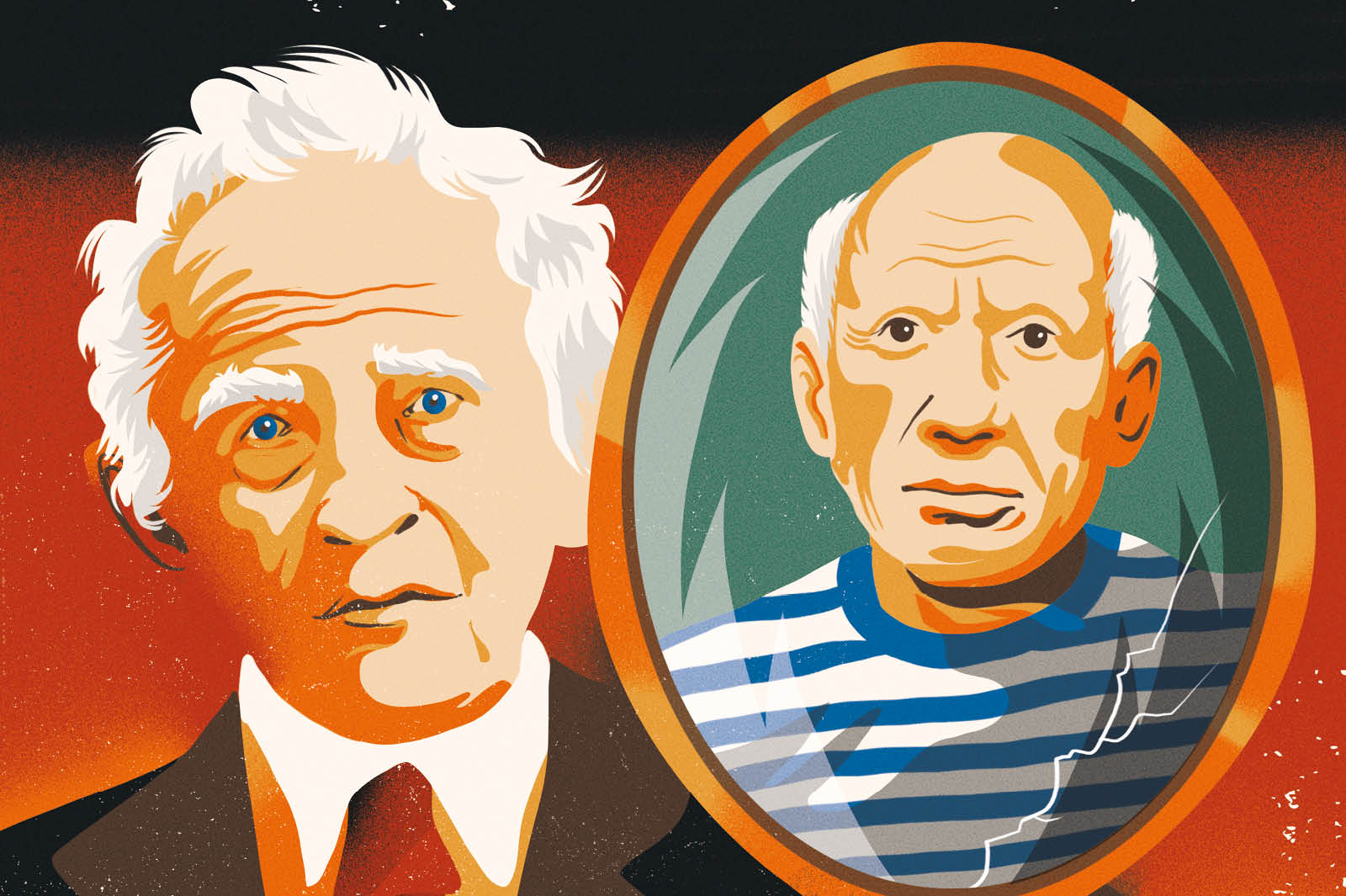
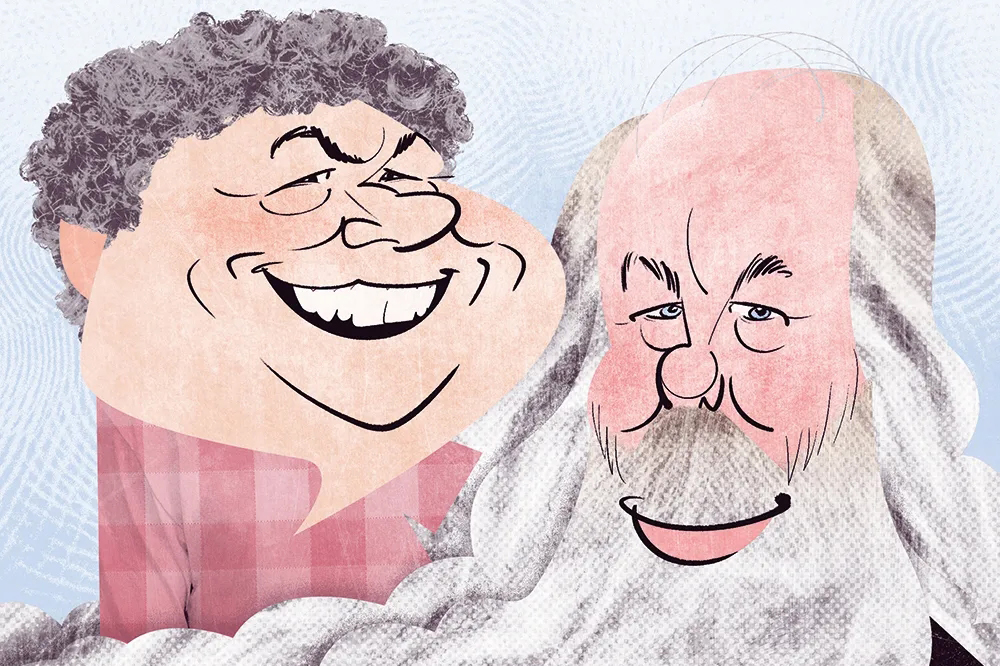







Leave a Reply